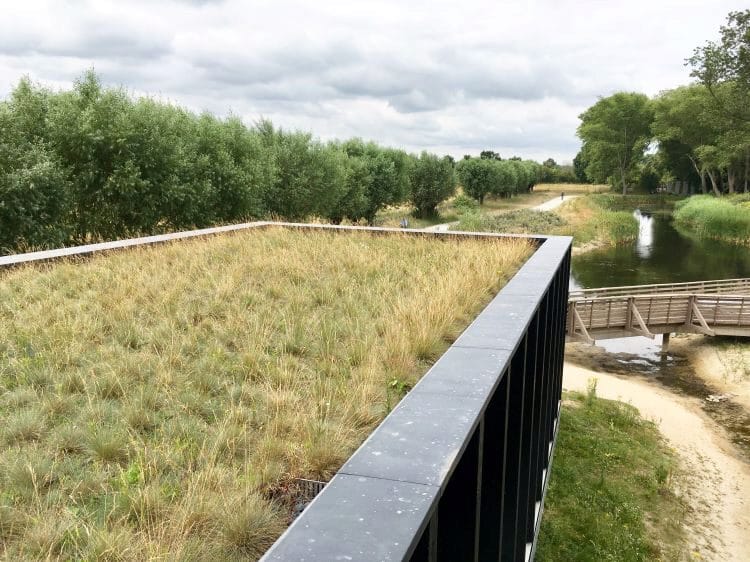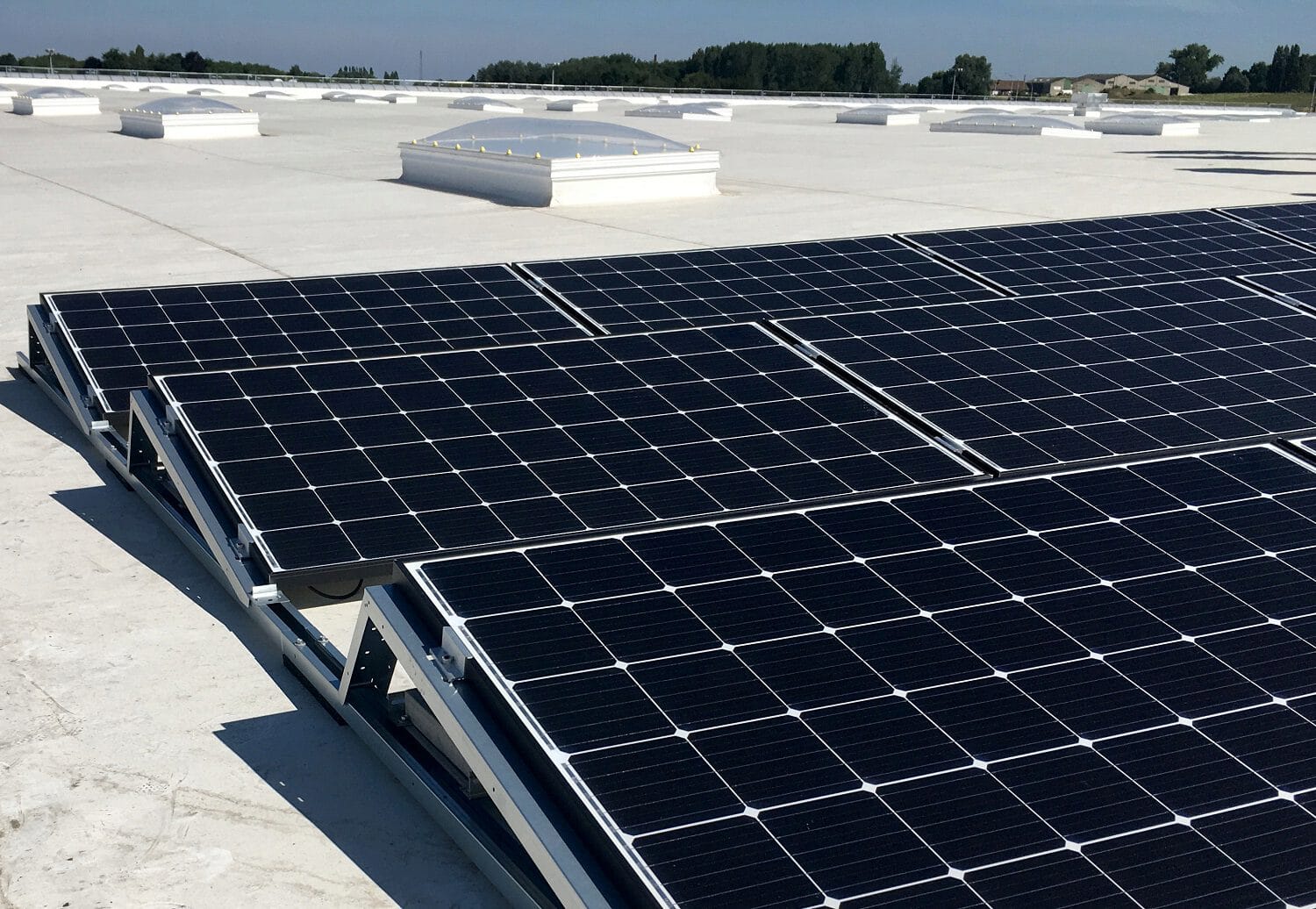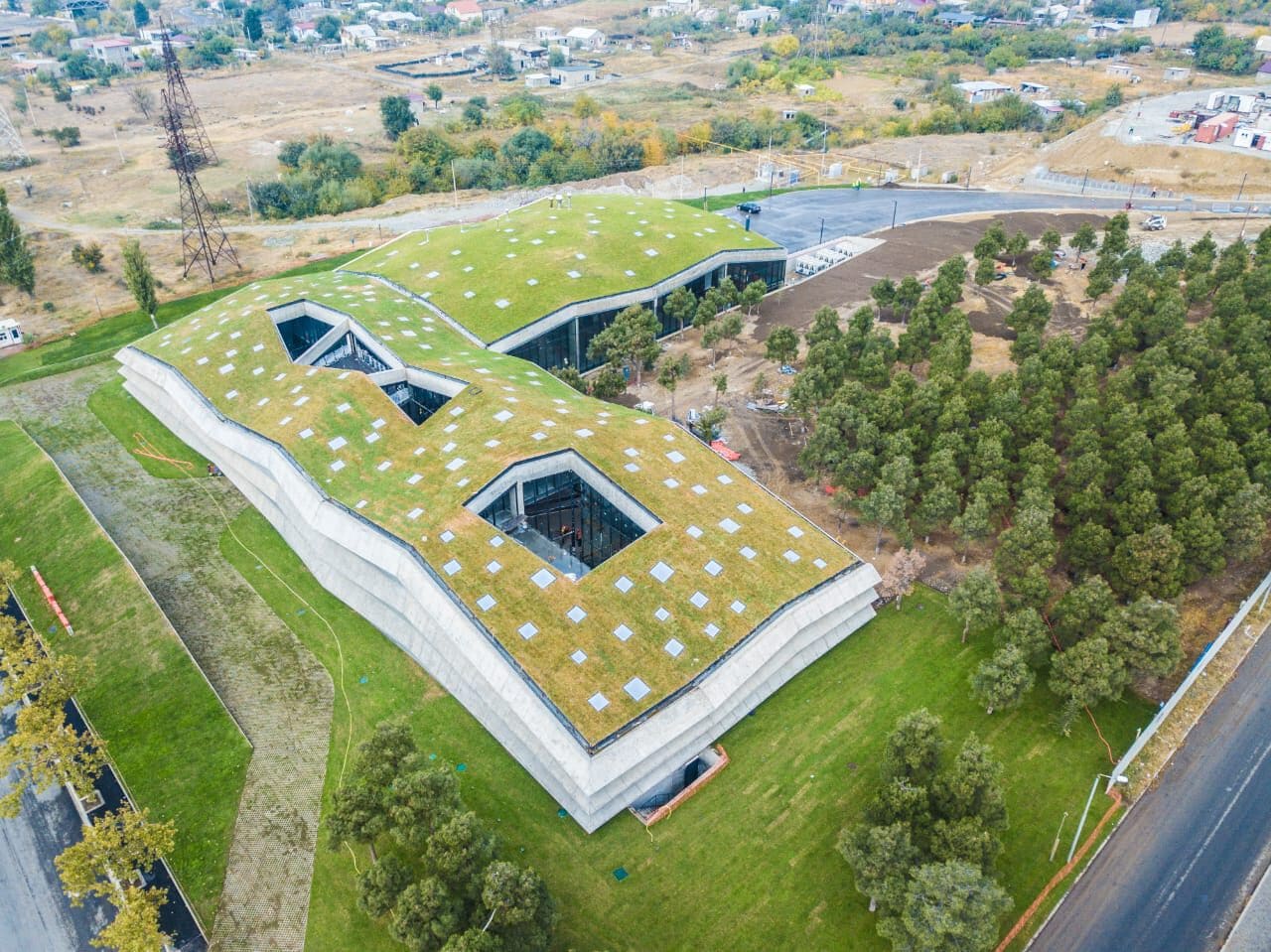The role of the roof in green building rating schemes
The construction industry is increasingly looking into ways of becoming more sustainable and environmentally friendly. "Green" buildings that are resilient in the face of climate change and are engineered to benefit both current and future generations have become desirable and sound investments. Architects, building owners and even their inhabitants are encouraged to take a more sustainable and cost-effective approach, both on new build and renovation projects.
But how to measure how sustainable a building is? Green building rating programs such as BREEAM (Building Research Establishment Environmental Assessment Method), LEED (Leadership in Energy and Environmental Design) and DGNB, among others, aim to guide decision-makers, investors and designers.
They cover a building’s environmental, social and economic sustainability performance, from the design and construction phase to their operation and refurbishment.
Even across different countries, the fundamental principles of most sustainability assessment methods are the same: they all aim at achieving design efficiency, energy, water and materials efficiency, indoor environmental quality, maintenance and waste reduction. The essence of green buildings rating schemes is an optimization of one or more of these principles.
The importance of a sustainable design for your roof
A building’s roof plays a vital role in green building rating programs. Besides their primary function of providing long term protection from the elements, the roofs of today need to be sustainable. The choice of waterproofing membrane and type of roofing system are therefore extremely important.
Life cycle assessments are an important first step to calculate the environmental impact of roofing materials. Green building schemes take a step further, taking a holistic approach that considers all important aspects of the total roofing system, including whether the membrane is exposed of not, the use of renewable energy sources, the contribution towards rainwater attenuation and the creation of a biodiverse habitat, among others.
A more active roof
A solar or green roof -or even better, a combination of both- on top of the roofing membrane greatly contributes to achieving high ratings in sustainability assessment methods such as BREEAM, LEED and DGNB. These applications allow the roof to get ‘activated’ and play a more social role, tackling the lack of space in urban areas and enhancing the social cohesion within communities. These types of installation require, however, a roofing system that can withstand their specific challenges.
Elevate roofing membranes deliver a reliable waterproofing solution that is extremely durable and fully compatible with green, solar and blue roofs. They are resilient, lightweight, inert and offer excellent weathering performance and outstanding durability. They also contribute to achieving high ratings in green building assessment methods by presenting many possibilities to build highly engineered roofing systems, each with a different sustainable value.
Contact our roofing experts for an overview of the standards set by BREEM, LEED and DGNB and how Elevate roofing solutions contribute to reducing the environmental impact of your building to maximize its value.


